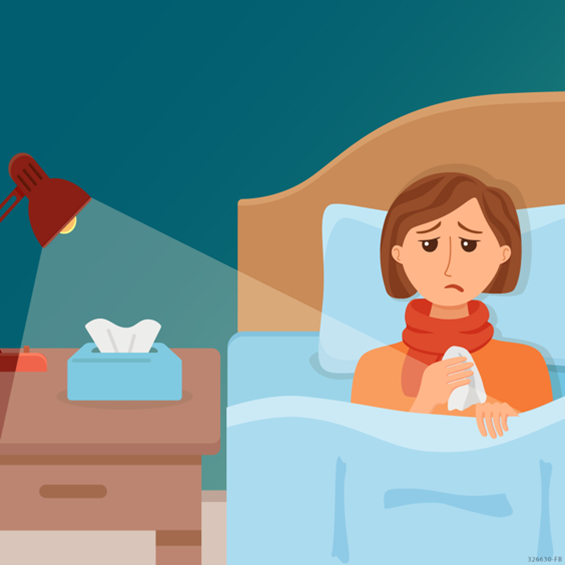120
 ATLANTA, GA-Most people with COVID-19 get better within a few days to a few weeks after infection. Some people can experience long-term effects from their infection, known as post-COVID conditions or long COVID.
ATLANTA, GA-Most people with COVID-19 get better within a few days to a few weeks after infection. Some people can experience long-term effects from their infection, known as post-COVID conditions or long COVID.
 ATLANTA, GA-Most people with COVID-19 get better within a few days to a few weeks after infection. Some people can experience long-term effects from their infection, known as post-COVID conditions or long COVID.
ATLANTA, GA-Most people with COVID-19 get better within a few days to a few weeks after infection. Some people can experience long-term effects from their infection, known as post-COVID conditions or long COVID.People with post-COVID conditions can have a wide range of symptoms that can last weeks, months, or years. Sometimes the symptoms will go away but return later.
Post-COVID conditions are found more often in people who had severe COVID-19 illness, but anyone who has been infected with the virus that causes COVID-19 can experience post-COVID conditions.
There is no test to diagnose post-COVID conditions, and symptoms could come from other health problems. This can make it difficult for healthcare providers to recognize post-COVID conditions. Your healthcare provider considers a diagnosis of post-COVID conditions based on your health history, including if you had a diagnosis of COVID-19 either by a positive test or by symptoms or exposure, as well as doing a health examination.
“Long COVID,” also known as post-COVID conditions, can be considered a disability under the Americans with Disabilities Act (ADA). Learn more: Guidance on “Long COVID” as a Disability Under the ADA, Section
Post-COVID Conditions: CDC Science
CDC is working to understand more about who experiences post-COVID conditions and why, including whether groups disproportionately impacted by COVID-19 are at higher risk.
CDC is analyzing healthcare data, partnering with clinicians, and working with researchers to learn more by doing research on post-COVID conditions in a variety of populations and settings.
CDC and its partners are working to:
• Characterize and assess post-COVID conditions to provide estimates on the prevalence (number) and incidence (frequency) of people experiencing post-COVID conditions by demographic group, symptom, and new diagnosis.
• Identify successful interventions to prevent and lessen the effect of post-COVID conditions.
• Share clinical guidance and other education materials for healthcare providers, patients, and the public to improve understanding of post-COVID conditions and reduce stigma.
Media Release/Centers for Disease Control and Prevention


